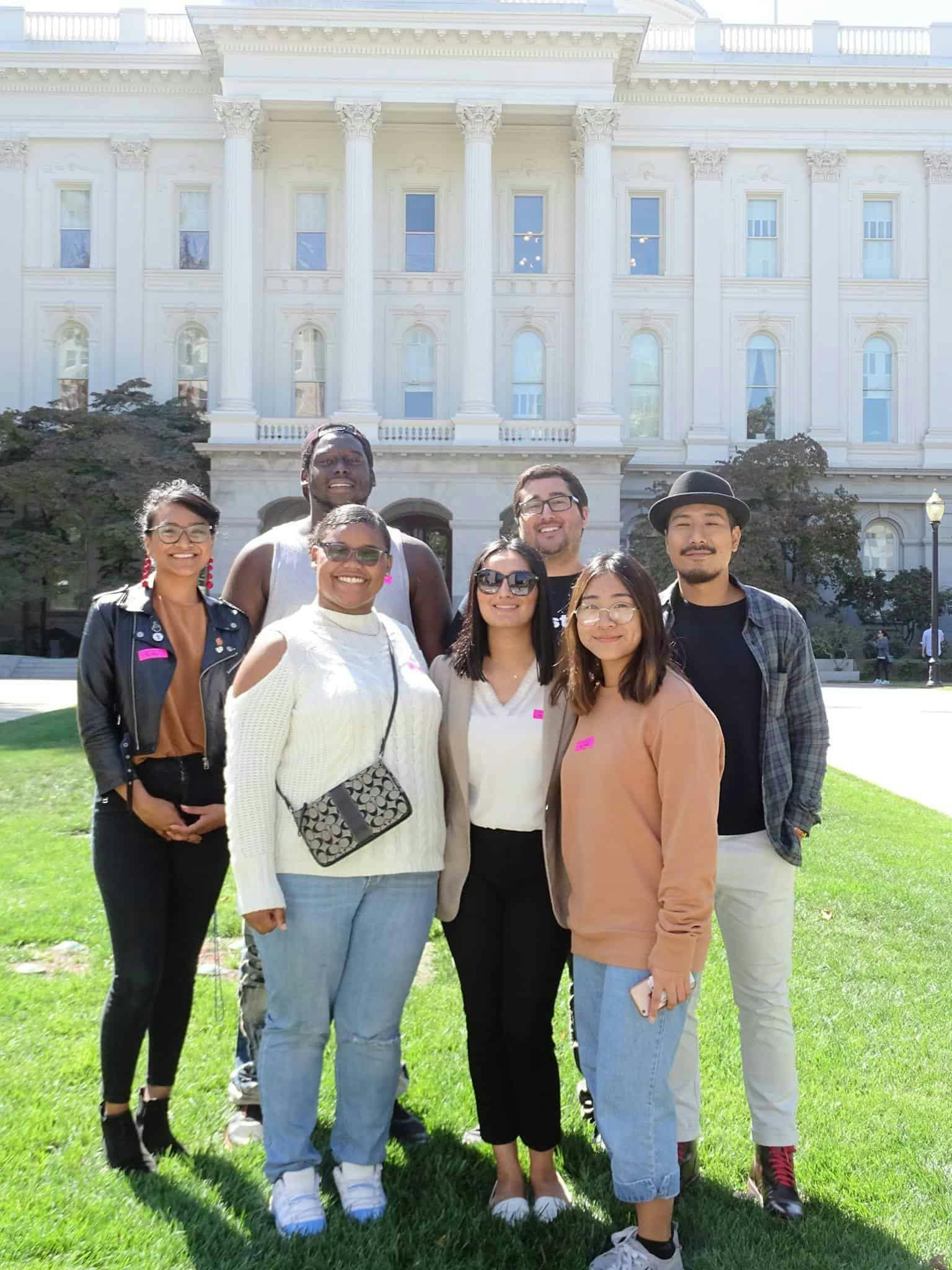Welcoming & Safe Schools for All: A Platform for the Students, by the Students

By Khydeeja Alam Javid, Director of Government Relations

California’s bright and diverse student population provides us a look into what the future of our country can look like. Regressive policies and politics that make communities unsafe and unwelcomed in this country undoubtedly affect our youth. However, California’s students are making their voices heard and leading bold conversations to make sure our schools remain welcoming and safe for all. The meaning of safe haven or sanctuary means something different, depending on who you ask. What do you think it means to an African American or Latinx student? How about a student who identifies themselves as LGBTQ? How about a student who wears a hijab or a yarmulke? How about a student who recently immigrated from Ghana and cannot speak English or a student in a wheelchair? Some of California’s youth leaders are working to shine a light on these experiences and how school climate has changed since the 2016 presidential election.
On May 8th, a group of student leaders and organizers from diverse backgrounds and organizations met with representatives from the State Superintendent of Public Instruction (SPI) Tom Torlakson’s office to propose a collaborative process to expand the definition of “Safe Havens” to include ALL vulnerable students. The ask comes in the form of the model resolution, “Welcoming and Safe Schools for All.” California’s students are pursuing a bold vision to build upon the work of the Safe Havens advisory by the SPI for undocumented students (see here) and apply it to all student populations within our education system. For these students, it is no longer about resisting awful federal policies, but rather, advancing an agenda that works for everyone.
California is leading the nation in so many other progressive policies, why not this? “Welcoming and Safe Schools for All” would be a proactive stance on how schools can, and should be. Evidence and personal stories prove that our students are continuing to be affected by structural inequities. As the highest constitutional education officer, the SPI’s office will set the tone to make our schools true “safe havens” for our youth.
Draquari McGhee, a student leader from Fresno High School, shared his story with the California Department of Education (CDE) staff recently at the “Beyond Safe Havens” conference on September 22, 2017. Post-election, one of his classmates wore a Make America Great Again hat at school. This student conducted himself in white privilege, spoke with privilege and interacted with other students with privilege. He walked around campus with a sense of superiority that was not seen before. All because a newly elected President of the United States said things on the campaign trail that were divisive, derogatory and hateful. While the message at the time was “you don’t belong here,” and “this country does not belong to you,” this rising sentiment is now a political reality for many.
What a leader says creates a ripple effect. No matter whether it is positive or negative, it echoes. Imagine how that student might be different if the rhetoric and sentiment had instead embraced our country’s diversity as our strength and greatest asset. Would that same high school student come to campus with such a willingness to assert his privilege? Might his understanding of how his words and actions affect other students be rooted in compassion, rather than discrimination?
Leadership takes courage. Our hope with working with the SPI to take a stance on these issues is to show the courageous leadership in California to protect our most vulnerable populations, especially our youth. These students want and need schools that provide positive supports and services for all students and celebrates diversity. For students across the state, that is what “Beyond Safe Havens” mean.
I grow optimistic for the future of our state when I imagine that these students and our schools have reached that point. An ad hoc committee of nine youth organizations from across the state worked with Advancement Project California and Movement Strategy Center to present this platform to the SPI and bring us closer to making this a reality. Public schools are often the first place where different communities, cultures, races and ethnicities interact. It’s the first time many children and sometimes their parents interact. If that is the case, then why not ensure that there is a place for inclusivity, understanding, non-judgement and tolerance from day one?
My brilliant three-year-old son recently told me that he is different from other students. I asked him, “how so?” His reply? He said, “I am brown.” At such young age, he learned and observed for the first time that he is different, and he spoke up about it. And that is ok. As long as him being different is equal. As long as it is celebrated.
